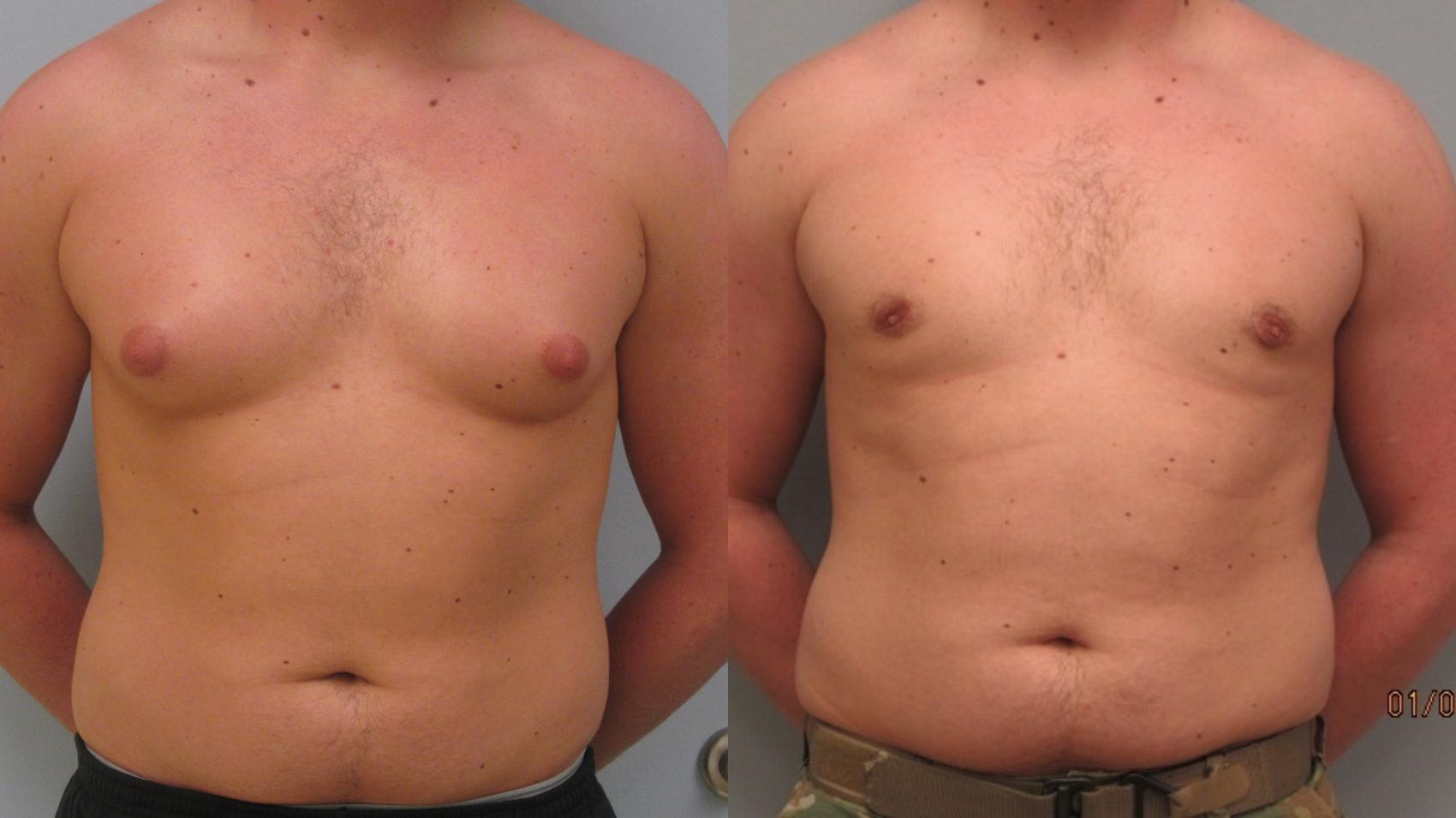Gynecomastia (Breast Reduction for Men) - University of Utah Can Be Fun For Anyone

The Definitive Guide for Gynecomastia: Surgery, treatment, causes, and symptoms
A boost in the size of the areola and asymmetry of the chest are other possible signs of gynecomastia. Men with gynecomastia may appear anxious or stressed out due to concerns about its look and the possibility of having breast cancer. Gynecomastia is believed to be brought on by a transformed ratio of estrogens to androgens mediated by a boost in estrogen production, a decline in androgen production, or a mix of these 2 factors.

The reason for gynecomastia is unidentified in around 25% of cases. Drugs are estimated to cause 1025% of cases of gynecomastia. Lavender and tea tree oils have estrogenic and anti-androgenic effects and there have actually been reports of their usage triggering prepubertal gynecomastia. Certain health issue in men such as liver illness, kidney failure, or low testosterone can trigger breast development in guys.

How Long Does Gynecomastia Treatment Take? - Pedro M Soler MD

Gynecomastia Reduction Before and After - Daniel AMedalie, M.D.
Other medications known to cause gynecomastia include methadone; aldosterone antagonists (spironolactone and eplerenone); HIV medication; cancer chemotherapy; hormone treatment for prostate cancer; heartburn and ulcer medications; calcium channel blockers; antifungal medications such as ketoconazole; prescription antibiotics such as metronidazole; tricyclic antidepressants such as amitriptyline; and herbals such as lavender, tea tree oil, and dong quai.

Gynecomastia - Brooklyn Plastic Surgery
Gynecomastia - Conservative and Surgical Management Fundamentals Explained
Physiologic [edit] Gynecomastia of a boy going through the age of puberty. Both male and female newborns might reveal breast development at birth or in the very first weeks of life. During Keep Checking Back Here , the placenta converts the androgenic hormones dehydroepiandrosterone (DHEA) and DHEA sulfate to the estrogenic hormones estrone and estradiol, respectively; after these estrogens are produced by the placenta, they are transferred into the infant's flow, thereby leading to temporary gynecomastia in the infant.
The momentary gynecomastia seen in newborn babies generally resolves after two or three weeks. Hormone modifications of puberty causes Gynecomastia in teen kids. Gynecomastia takes place in many young boys throughout early the age of puberty to middle the age of puberty. It typically goes away within 6 months to 2 years. Gynecomastia in teenagers usually starts in between the ages of 10 and 12 and frequently goes away after 18 months.
This is also known as senile gynecomastia. Increased fatty tissue in these men results in increased conversion of androgenic hormonal agents such as testosterone to estrogens. When the body is denied of sufficient nutrition, testosterone levels drop, while the adrenal glands continue to produce estrogens, consequently causing a hormonal imbalance.
